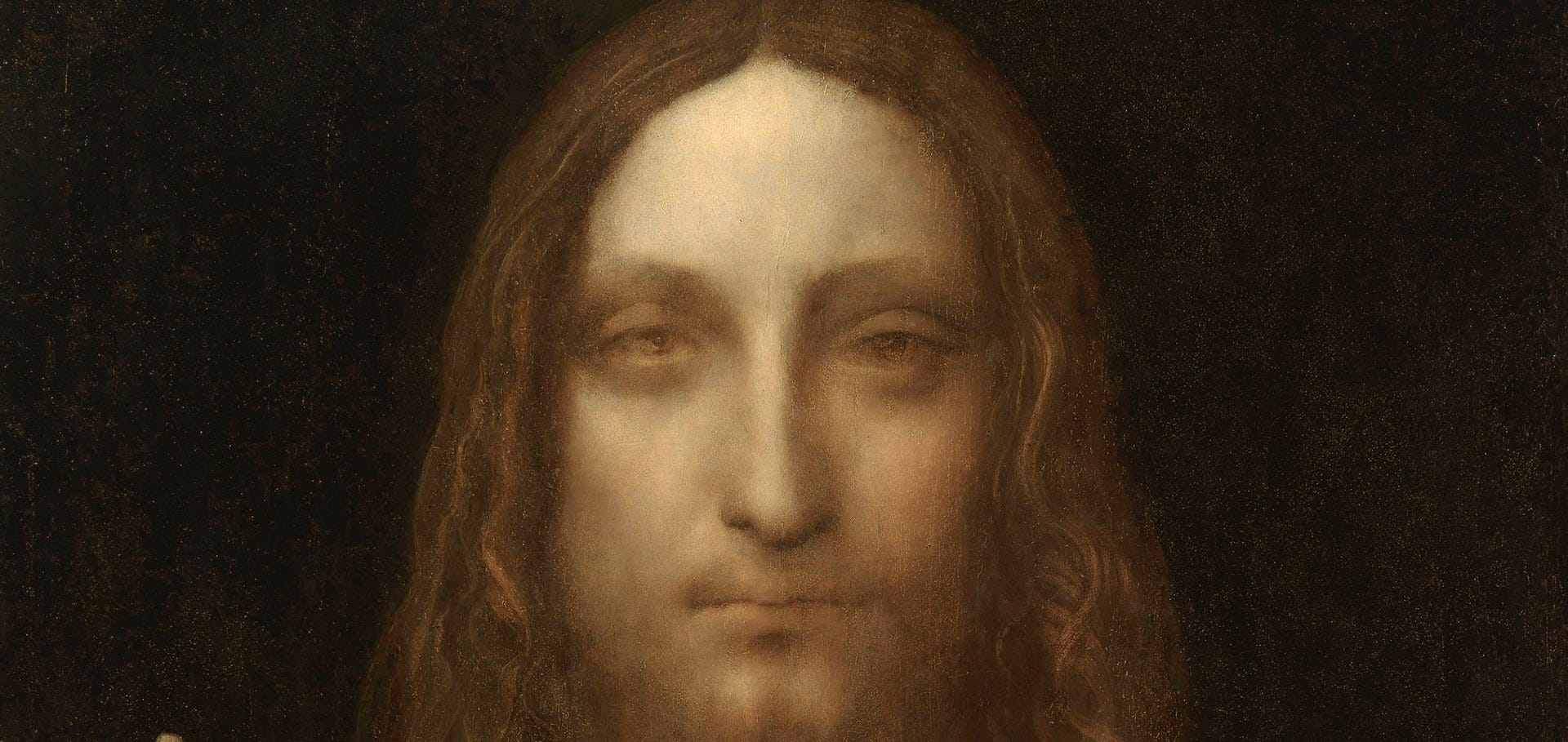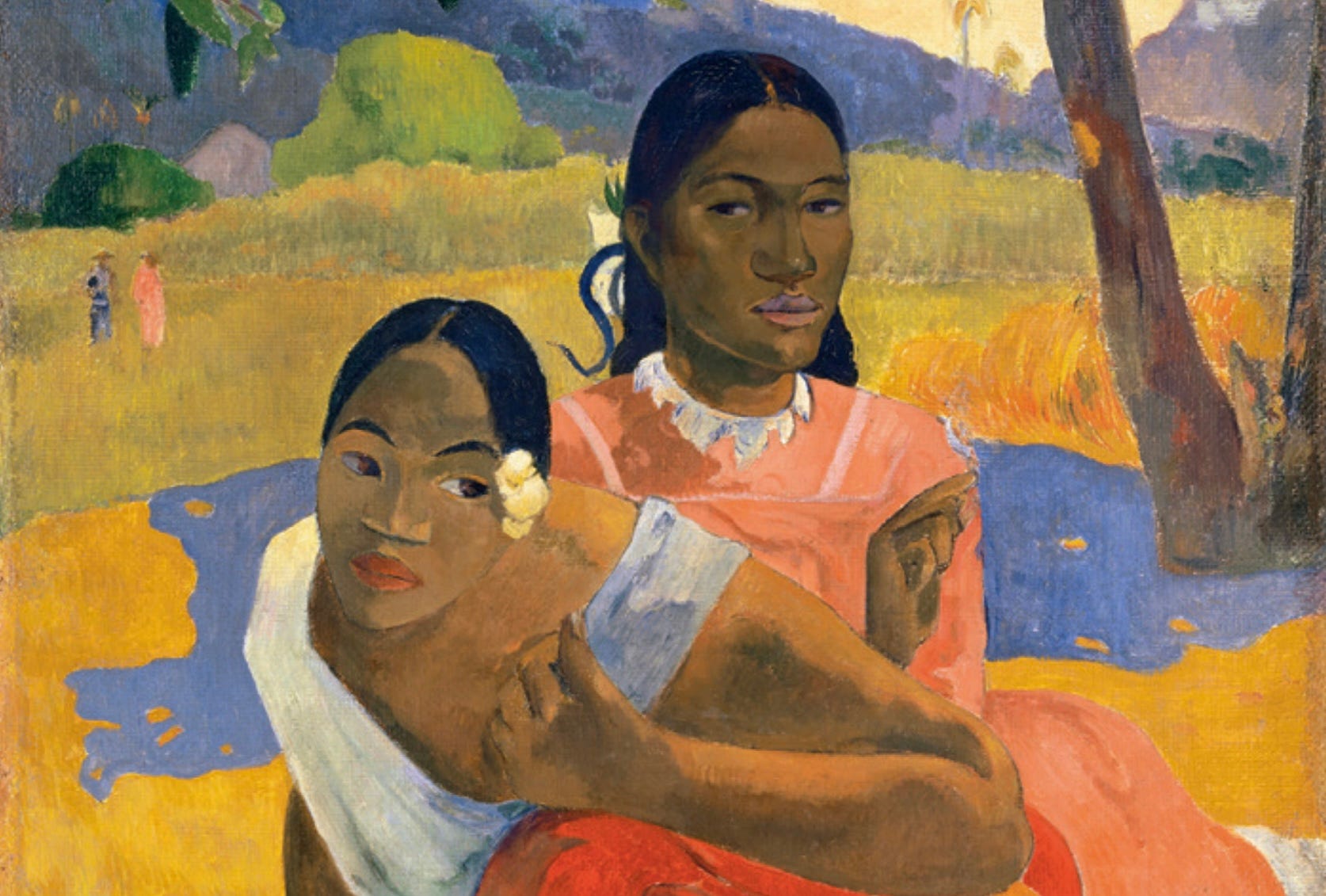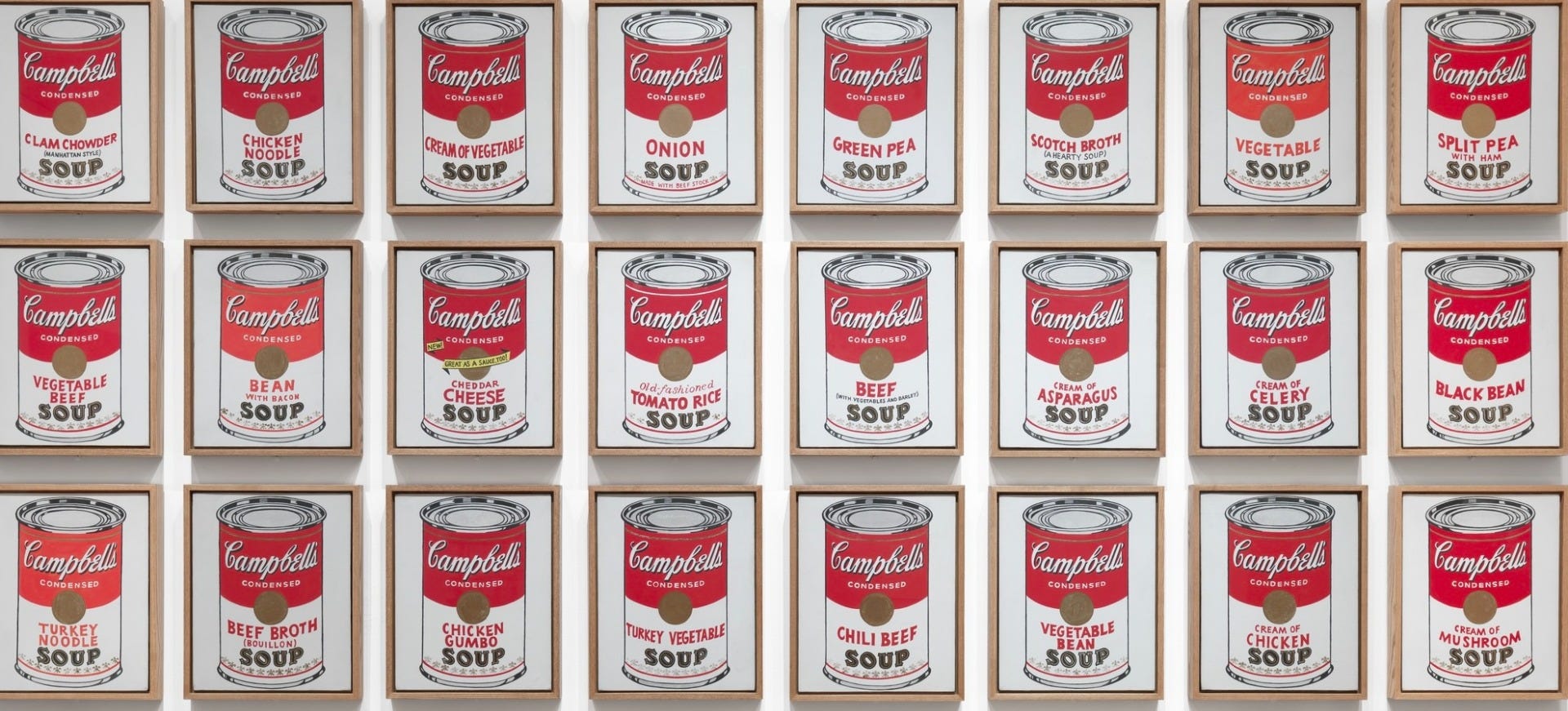Top 10 Most Expensive Masterpieces That Shattered Auction Records
- Sep 9, 2024

Image: Leonardo da Vinci, Salvator Mundi, c. 1500. Oil on walnut. Private collection.
The art world is a subjective space, where the value of a masterpiece is often determined by the whims of the wealthiest collectors. Unlike typical products sold in stores, famous art pieces are usually sold through high-profile auctions. As the prices of these artworks constantly fluctuate, we get to witness just how much buyers are willing to pay for the most coveted pieces. Millionaires and billionaires have spent astronomical sums to acquire their favorite paintings, making art one of the most expensive commodities on the planet.
When money isn’t an obstacle, the value of paintings can reach incredible heights. From rare abstract works to timeless classics, here are the top 10 most expensive paintings ever sold, ranked by their sale price.
10. No. 6 (Violet, Green and Red), by Mark Rothko (€140 Million)
No. 6 by Mark Rothko, painted in 1951, kicks off our list. Russian-American Abstract Expressionist Rothko used vibrant color fields to express deep emotions. The painting was purchased by billionaire Dmitry Rybolovlev for €140 million, marking Rothko’s continued influence on modern art.
Rothko’s abstractions are heavily intellectual, often drawing on philosophy and mythology. This particular piece represents his signature style, combining color and abstract forms to convey deep emotion and existential themes. Rothko’s unique ability to blend philosophical meaning with abstract expression is what has made his works so coveted by collectors.
9. Number 5, 1948, by Jackson Pollock ($140 Million)
Jackson Pollock’s Number 5, 1948 sold privately for $140 million in 2006. Known for his revolutionary drip painting technique, Pollock redefined Abstract Expressionism. His chaotic yet methodical style makes Number 5 one of the most significant works of the 20th century, earning its place among the most expensive paintings ever sold.
Pollock’s approach to painting was innovative, as he used the canvas not as a surface but as an arena to act. His physical involvement with the artwork made his pieces both a visual and performative spectacle. The sale of Number 5 cemented Pollock’s place in art history as one of the most influential figures of modern art.
8. The Women of Algiers (Version O), by Pablo Picasso ($179.4 Million)
Pablo Picasso’s The Women of Algiers (Version O) fetched $179.4 million at auction in 2015, setting records at the time. This vibrant, cubist masterpiece is part of Picasso’s tribute to Delacroix, showcasing his brilliant reinterpretation of classical themes through a modern lens. Picasso’s bold shapes and rich colors make this work iconic in 20th-century art.
The piece is part of a series of 15 works painted by Picasso between 1954 and 1955. The series is seen as Picasso’s homage to both Delacroix and Matisse, blending themes of harem women and eroticism. The Women of Algiers stands as a symbol of Picasso’s enduring creativity, even in his later years.
7. Portraits of Maerten Soolmans and Oopjen Coppit, by Rembrandt ($180 Million)
In 2015, these two portraits by Rembrandt sold for $180 million in a joint purchase by the Louvre and Rijksmuseum. Painted in 1634, they showcase Rembrandt’s mastery of portraiture during his golden period, reflecting the height of Dutch art. These companion pieces stand as both cultural treasures and symbols of Rembrandt’s profound skill.
The paintings were commissioned to commemorate the marriage of the couple, and they are the only full-length portraits Rembrandt painted during his career. Their lifelike detail and grandeur reflect the social status of the sitters and highlight Rembrandt’s unparalleled ability to capture the human essence.
6. No. 17A, by Jackson Pollock ($200 Million)
Jackson Pollock appears again with No. 17A, which sold to billionaire Kenneth C. Griffin for $200 million in 2016. Pollock’s use of the drip technique and abstract expressionism left a permanent mark on art history. This piece is among the most famous examples of his explosive, unpredictable style.
Pollock’s method of pouring and dripping paint directly onto the canvas has been both celebrated and criticized for its apparent randomness. However, No. 17A exemplifies Pollock’s ability to transform chaos into a deeply emotional and visually complex composition. Griffin’s purchase of the piece further solidifies Pollock’s position as a leading figure in 20th-century art.
5. Water Lilies, by Claude Monet (~$210 Million)
One of Claude Monet’s Water Lilies series sold for approximately $210 million in a private sale. This stunning masterpiece captures Monet’s impressionist style and deep connection to nature, focusing on the serenity of the pond at his home in Giverny. Monet’s influence on modern art and his status as a father of Impressionism make this series one of the most sought-after in art history.
Monet’s Water Lilies series is one of the most recognizable in the world, embodying his mastery of light, color, and reflection. The paintings are a testament to Monet’s lifelong fascination with the beauty of nature, and their monumental scale immerses viewers in the tranquil landscape he lovingly captured over many years.
4. The Card Players, by Paul Cézanne (~$250-300 Million)
In 2011, the royal family of Qatar purchased Cézanne’s The Card Players for an estimated $250-300 million. The painting captures peasants playing cards with a meditative calm that reflects Cézanne’s fascination with everyday life. Its significance lies in its simplicity and mastery, making it one of the most expensive works of post-impressionism ever sold.
This piece is part of a series of five paintings by Cézanne, all depicting card players in various settings. Cézanne’s use of bold colors and geometric shapes foreshadowed the development of modern art, and his influence can be seen in the works of Picasso and Matisse. The Card Players is a landmark in art history, representing the shift from traditional realism to modern abstraction.
3. When Will You Marry?, by Paul Gauguin ($300 Million)
Paul Gauguin’s When Will You Marry?, sold in 2015 for $300 million, is tied for one of the most expensive paintings ever. Depicting two women in an idyllic Tahitian landscape, the work reflects Gauguin’s pursuit of “primitive” art in a tropical paradise. It’s a masterpiece of post-impressionist innovation and colonial-era romanticism.
Gauguin traveled to Tahiti in search of a purer, more spiritual connection to nature and humanity. His depictions of native women in When Will You Marry? illustrate his fascination with their culture, although the romanticized portrayal has drawn criticism for its exoticism. Nonetheless, the painting remains a testament to Gauguin’s influence on modern art.
2. Interchange, by Willem de Kooning ($300 Million)
Interchange by Willem de Kooning sold for $300 million to Kenneth C. Griffin in 2015, making it the most expensive Abstract Expressionist painting. De Kooning’s blend of Cubism, Surrealism, and Expressionism is fully realized in this energetic work, where bold strokes create a chaotic yet compelling narrative. His influence continues to reverberate through contemporary abstract art.
De Kooning’s abstract compositions are known for their emotional intensity and physicality. Interchange is no exception, with its sweeping brushstrokes and distorted figures reflecting de Kooning’s exploration of the human form and landscape. The painting is considered one of the most significant works of Abstract Expressionism, a movement that defined post-war art in America.
1. Salvator Mundi, by Leonardo da Vinci ($450.3 Million)
Leonardo da Vinci’s Salvator Mundi broke auction records when it sold for $450.3 million in 2017. The painting, depicting Christ holding a crystal orb, is considered the last da Vinci work in private hands. Despite debates over its authenticity, its connection to one of history’s greatest artists ensures its place as one of the most expensive artworks ever.
The painting’s rediscovery and subsequent restoration sparked controversy in the art world, with some experts questioning whether it was truly painted by Leonardo. Nevertheless, Salvator Mundi remains one of the most valuable and talked-about pieces in the art market, captivating both scholars and collectors alike.
Subjective Value in Art: A Reflection
Are these masterpieces truly worth their price tags? Art, by nature, is subjective. The worth of a painting depends entirely on the buyer’s emotional connection and financial ability to acquire it. Whether hanging in private collections or displayed in museums, these artworks transcend time and culture, becoming timeless symbols of human creativity.
While some may debate the value of such pieces, the demand for iconic paintings continues to drive prices higher, and it’s only a matter of time before new records are set in the world of art.



